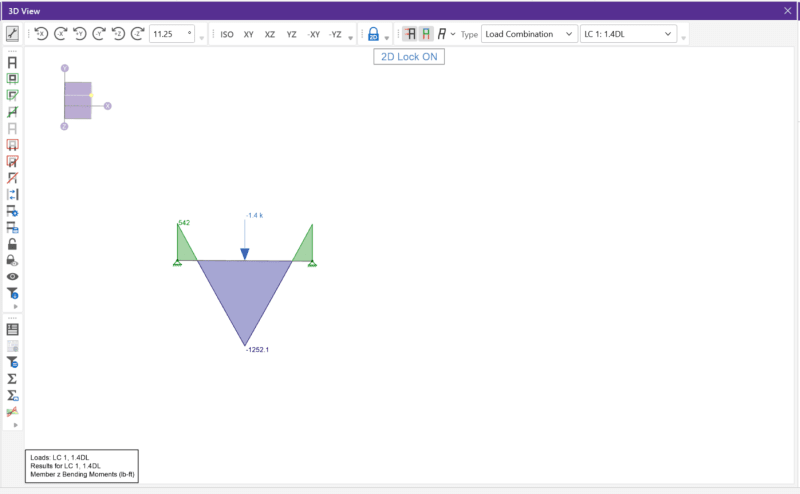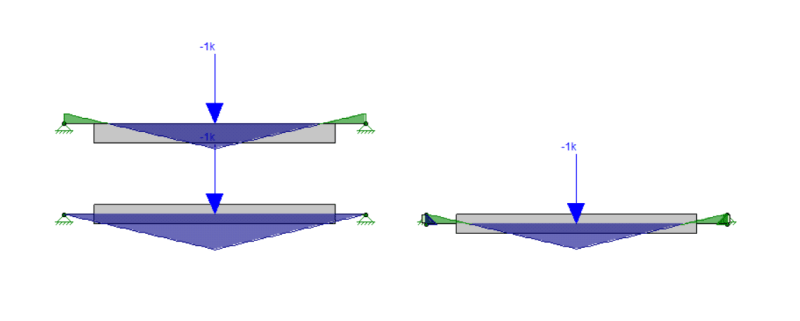Alfonso Lamadrid
Structural
- Oct 2, 2023
- 1
I have a problem with Risa 3d. I am not receiving the expected results. I have simply suported beam and the program is reporting end moment reactions, like it was fixed-fixed. Have you ever experienced that problem? Wha can I do? Plese see attached.



